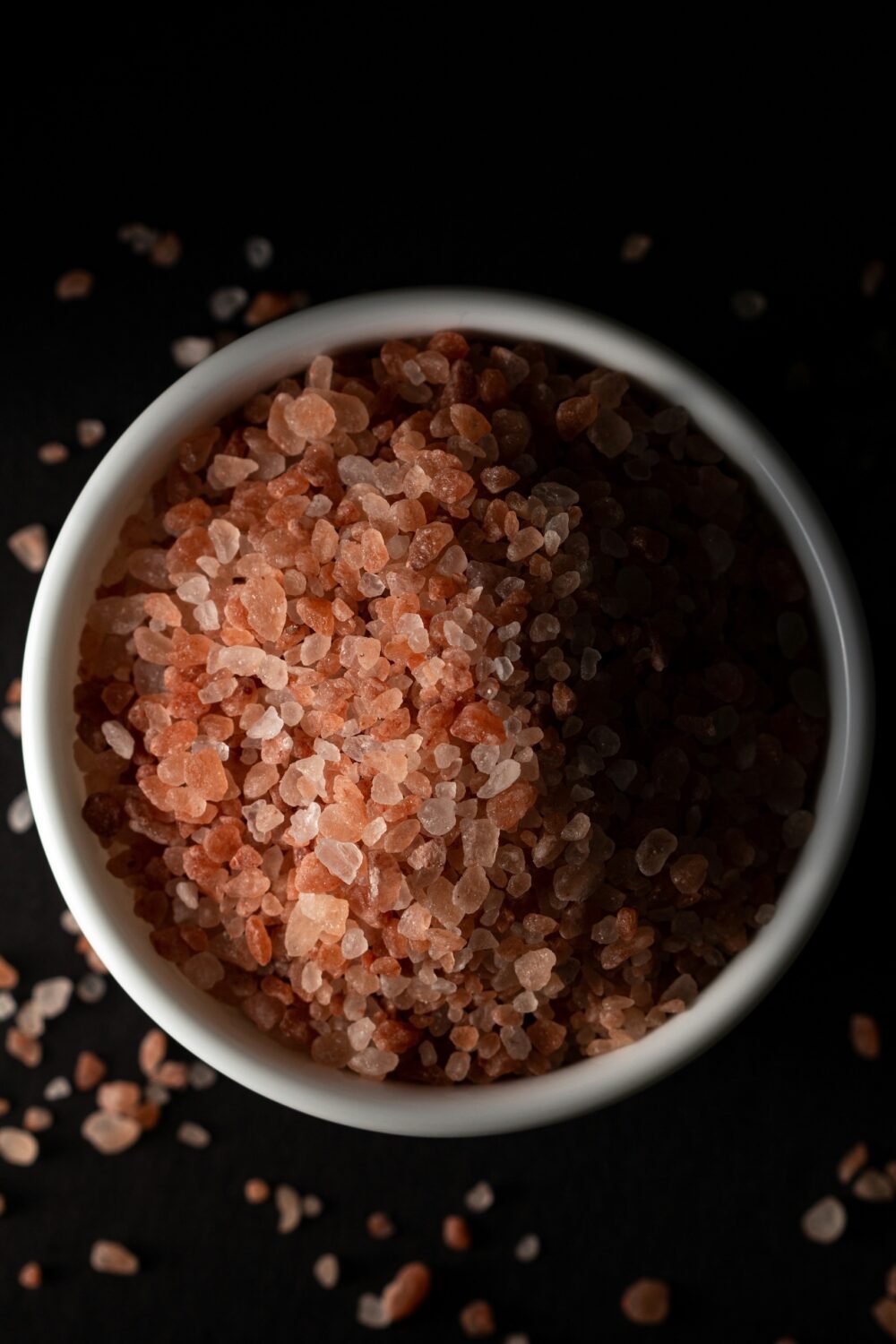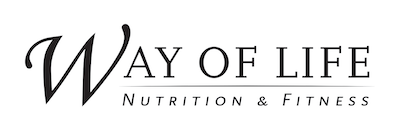
Help! How Do I Eat Low Sodium?!
My doctor says I have to eat low sodium now? What does that actually mean? And how is that even possible?
It can seem very overwhelming when we have to start looking at something we didn’t pay as much attention to, like food labels. And then when we do start looking at these things, in this case, sodium values, we feel very overwhelmed because it seems like EVERYTHING has too much sodium in it!
Fear not and hang tight! Let’s break this down a little bit!
Most of the time, when docs talk about people needing to eat low sodium, they are generally talking about following a 1500mg sodium diet. This is the current recommendation for anyone over 50 years old as well. Just for some more context, the current recommended amount of sodium for anyone else is around 2300mg/sodium/day. And the current average of actual sodium intake falls at around 3400-3500mg/day.
Now, there are exceptions when a higher sodium intake is necessary. This may be if you are dealing with a disease called POTS or if you are a high sweating athlete. Your needs will be significantly higher than recommended and that’s ok. Everyone may require something different.
But for today, how can you keep your sodium intake to 1500 or below?
- The more whole foods you eat, the less sodium you will also intake. Fill your plate with lean meats, beans, vegetables, fruits and whole grains! These are not only naturally low in sodium, but they are also loaded with potassium, B-vitamins and magnesium, which are the very things that actually help decrease blood pressure, protect your heart, and also help the body get rid of excess sodium.
- If you do use packaged foods, which are the things that will have the most sodium in them, just use these sparingly. Be aware of what you are having. Snack type foods will likely have 90-300mg/sodium/serving. Its ok to incorporate these, but consider snacking on naturally lower sodium items as well, such as fruit, or items deemed “low sodium”.
- What does it mean for a food to carry the label “Low-sodium”. There are different categories of low sodium. Low Sodium foods will require 140mg or less per serving and Very Low Sodium foods will require 35mg or less. Typically, this applies more to snacks, breads and drinks.
- When a label indicates it is “healthy” or “Heart Healthy” or “Light”, it has to be able to have 750mg/less per serving if it is a frozen entrée or a full meal. This is equally true for soups. And we often make meals out of soups as well.
- When you are looking at seasonings, there are so many seasonings out there that are completely salt free. Look for mixes by “Mrs.Dash”. This company has been around forever and they have almost countless flavor blends to use! Or go to an actual spice shop that make their own mixes. Check out penzeys.com!
- Also, keep in mind that what matters is the volume for the day, not the meal, so if you end up doing a Chinese meal or getting pizza, just keep to a single size, and know that that meal will be the highest for the day, so plan the rest of the day accordingly. You can find your balance and still eat the things you love; it just takes a little awareness and planning.
To provide a visual with more tips, please check out this Sodium Handout!
Eating low sodium is a lot easier than you think!
Photo by Christina Rumpf on Unsplash
To work with Nicole:
Meet and Greet Before You Book – chat with Nicole K,RD,CD,CSSD to see how we can meet your needs and choose the appt that would fit you best!
In-Person Consult with Nicole K, RD,CD,CSSD
Virtual Consult with Nicole K,RD,CD,CSSD
Meet Nicole
Registered Dietitian Nutritionist
Nicole is recognized state-wide and nationally as a Registered Dietitian and is also a Certified dietitian through the state of Wisconsin. She is also a Board Certified Sports Dietitian and a Certified Personal Trainer and Physical Fitness Instructor.
Nicole’s areas of expertise include: Wellness and lifestyle coaching, weight management, behavior modification, eating disorders, vegetarian lifestyles, gluten-free living, sports nutrition, recipe and menu design and development.

